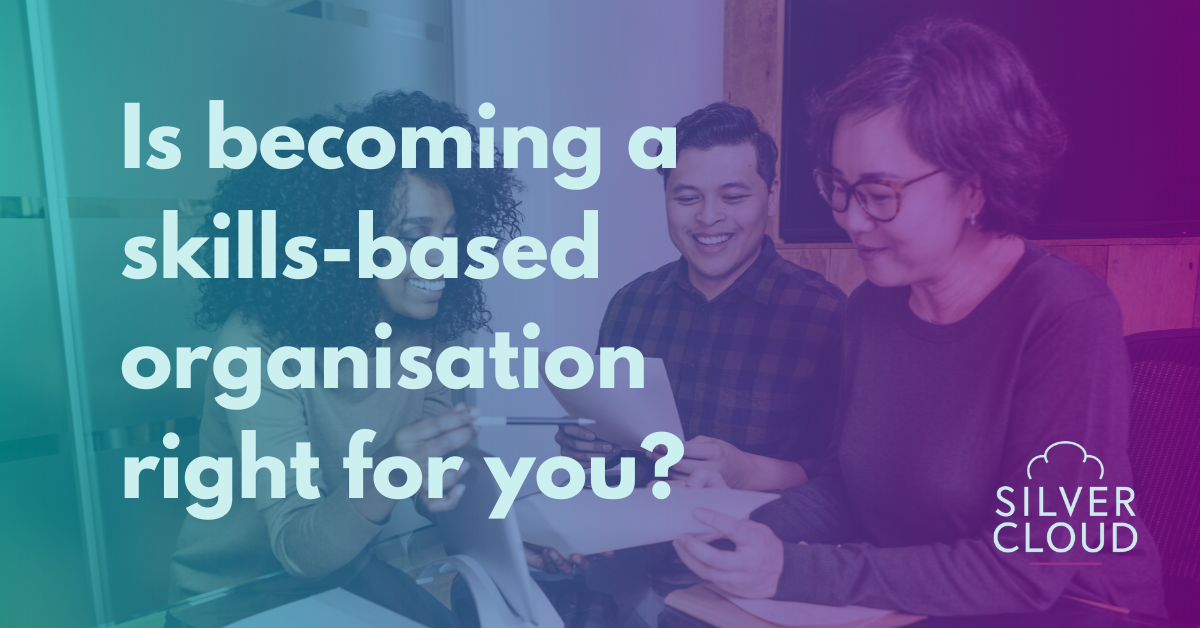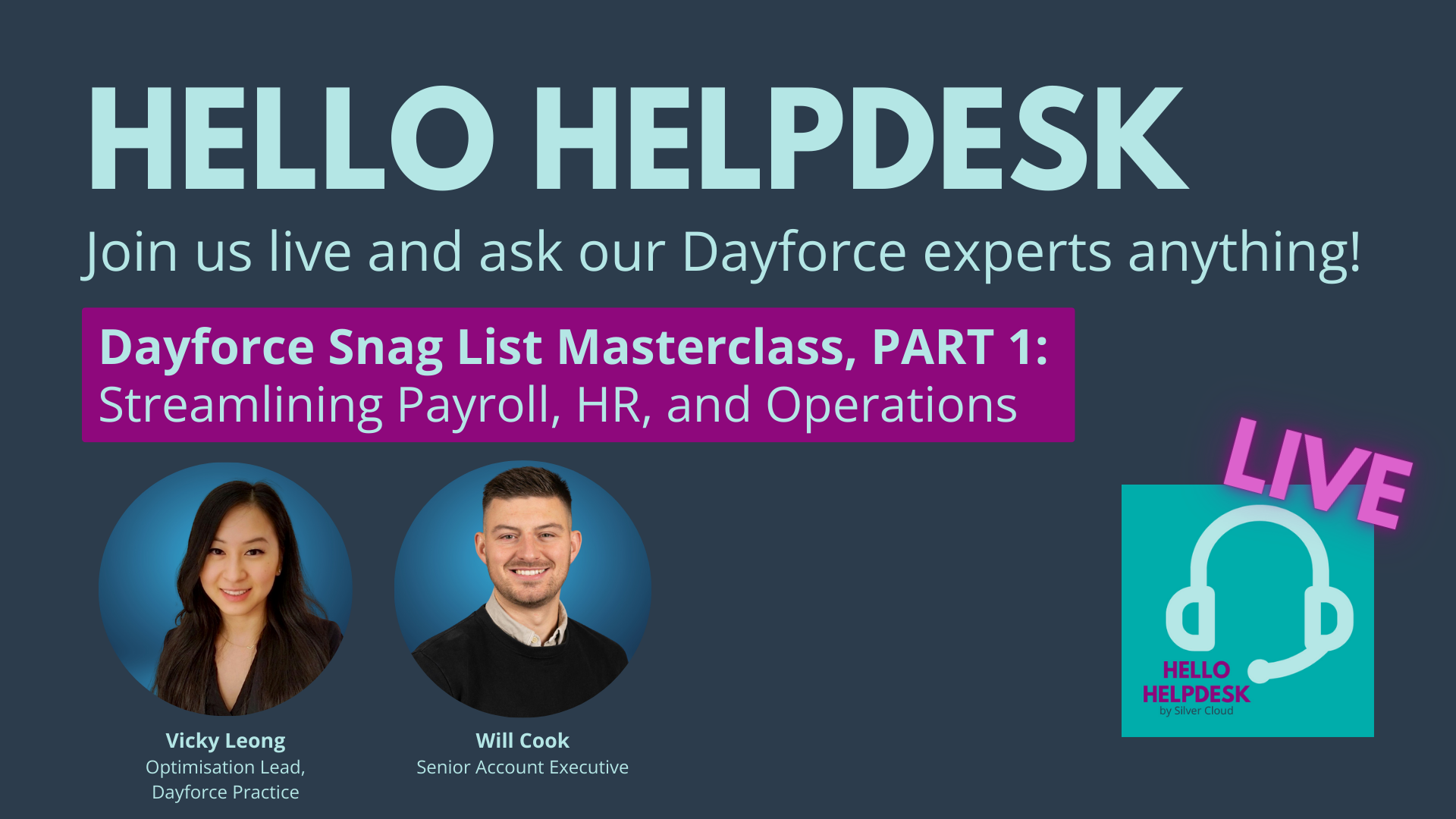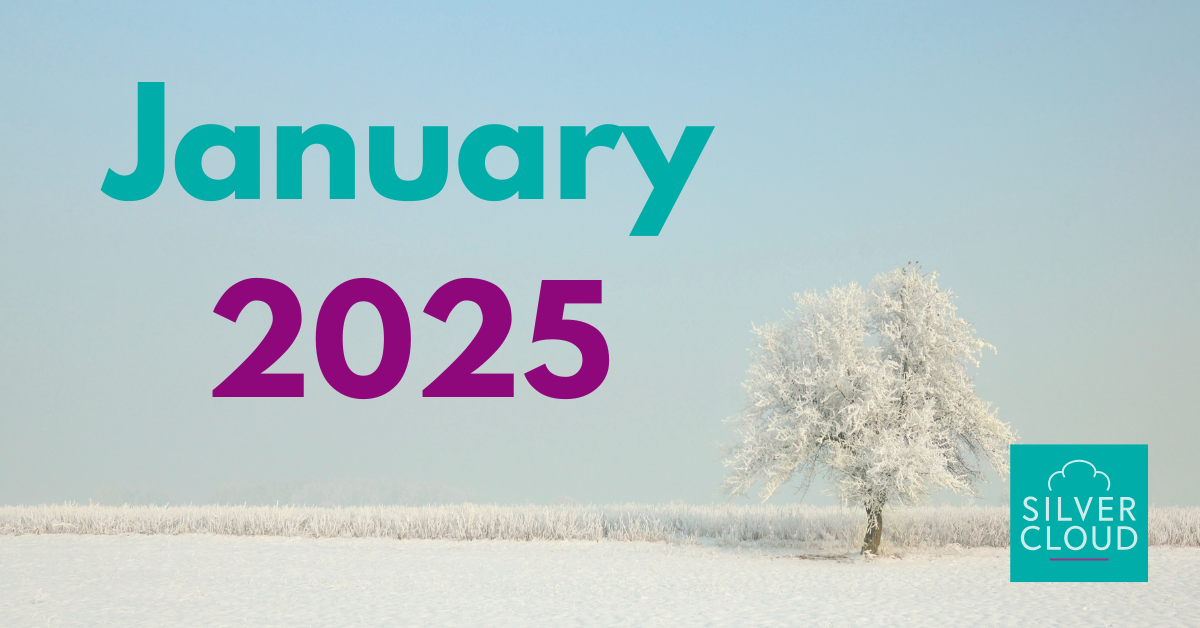5 ways to improve employee well-being through data
by SJ Hood

Happy Employee Appreciation Day 2024! This event takes place every year on the first Friday of March and is meant to remind businesses and bosses to take the time to thank their employees and recognise the hard work they’ve done. But can organisations do more? Is there a way to make Employee Appreciation Day a more robust part of your HR calendar? Yes. Definitely. You can use this day as an opportunity to take action and use employee well-being data to drive your HR strategy going forward.
We create 328.77 million terabytes of data every day. That’s the equivalent of nearly 2 million entire Wikipedia’s worth of data. Every day. And an enormous chunk of that happens at work. Making the most of that and using data to improve employee well-being is a great way to make your company’s data an even greater asset.
Here are 5 ways to use data to skyrocket your employee well-being:
Updating or promoting your benefits offering
Are your employees using the benefits you provide? Are the benefits you provide useful to your employees? Getting into the data and discovering the uptake rate for your benefits can be helpful. There may be services you’re paying for that no one is actively using. This means that either your team don’t get any value from it or there is some sort of barrier to them using it.
Either way, identifying that issue and creating a plan of action to communicate more around your benefits is a great start. You can’t overcommunicate here. If, after sufficient communication, uptake is still low, it may be time to explore what benefits would better suit your team. Making sure you have the right benefits in place and that everyone can access them is a surefire way to boost well-being.
Monitor and reward employee morale
Another way to raise well-being is to call attention to those who are making your workplace a happier, more supportive environment. Do you keep track of who in your team is the most supportive of others? Or who best embodies certain values? Are there people in your company who really act as ambassadors of your culture? And, if there are, do you have any data-based way of identifying them?
If you have a company-wide peer recognition platform like Access, Bonusly or Matter, you can easily track these kinds of behaviours. Many modern HR systems, such as bob, have functionality like this built in. But even without that, you can find that relevant data based on internal conversation channels. Or you can work with your marketing team to identify who is most vocal about supporting the brand and culture on social media.
Provide access to the right resources and support
Through surveys, data from benefit usage and employee behaviour, including sickness and absence, you can start to see what gaps in knowledge or support your team might have. These are separate to benefits as they may just be a matter of gathering and signposting resources, rather than bringing in a new benefit. Some things that data might reveal as priorities for your employees could be:
- Healthy eating and exercise support
- Mental health support like mindfulness apps and Mental Health First Aiders
- Childcare support
- Diversity and Inclusion resources
- Learning materials for team tools
Identify important trends with employee data
Using both surveys and data from your HRIS, you can uncover lots of trends about employee behaviour. Any trends that you identify here can give you insight into the needs of your team and help you define your ongoing strategy. You likely have access to a wide range of anonymous data that you can access to protect privacy.
Here are some of the different kinds of anonymous data you can look at:
- Diversity and inclusion metrics with an anonymous survey
- Employee engagement and satisfaction
- Time and attendance or sick time data
- Step-counter or fitness data, if volunteered
Using this data, you can get insights into how your team are feeling and identify early warning signs of larger problems. For example, if you identify an upswing in sick days taken, it may be worth exploring how stressed and overwhelmed your employees are, as this can be an early symptom of burnout.
Keep an eye on mental health – and act where needed
Some mental health providers that you work with can help you temperature check your employees regularly - letting you know if anyone is experiencing real lows.
Providers like employee mental health support app Spill can anonymously alert you if there are concerning dips in mental health. You can use this warning to trigger a review of the overall mood of your team, a look at your mental health support offering or even just a nudge for managers to check in with their teams. These platforms often also offer counseling sessions and signposting to everyone in your team and direct connection for those who are really struggling.
There are so many different ways to use data to increase employee well-being. By using any of these ideas, you’ll be able to show everyone at your company that you are paying attention to their needs and are trying to create a work environment that values their well-being. That will likely increase employee engagement and satisfaction – and you can use data to find out if it has!
Want some help understanding how to turn your data into valuable insights? Speak to one of our consultants to discover your best data-driven path.



